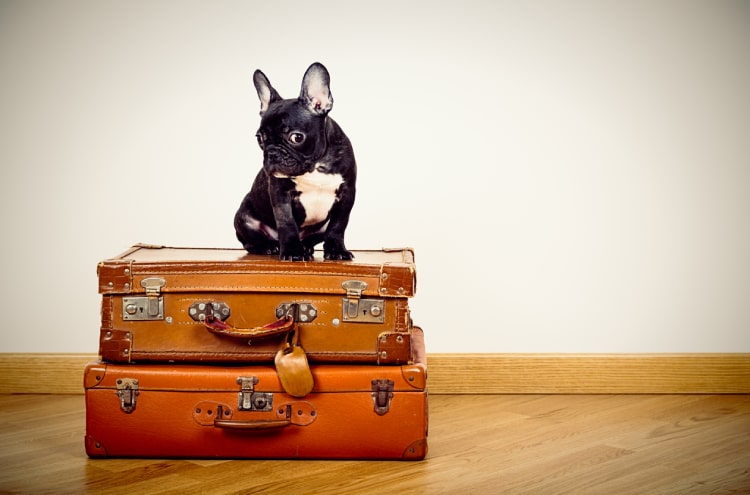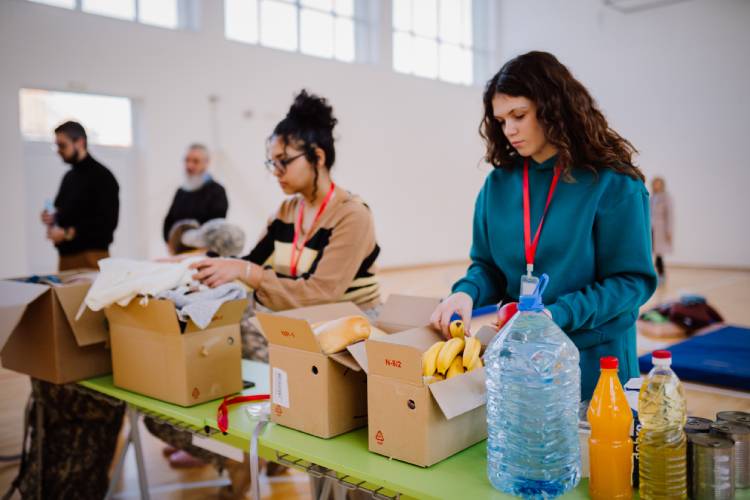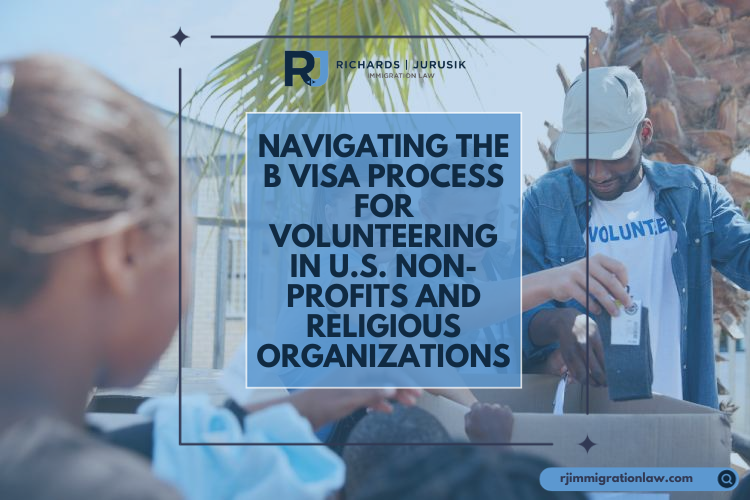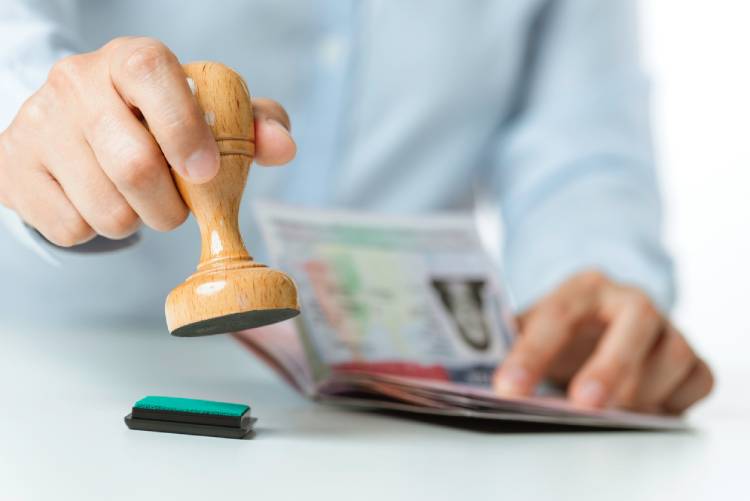

For many individuals planning a visit to the United States on a B1/B2 Visa, presenting a well-crafted invitation letter can significantly strengthen their application. While not mandatory, an invitation letter from a U.S. citizen or Legal Permanent Resident (LPR) can positively impact the visa process, especially when it highlights strong ties to the applicant’s home country. Here, we explain what makes an effective invitation letter for a U.S. visitor visa.
The letter should originate from the host and detail their relationship with the visitor. It should be dated, contain both parties’ full information, and specify the hosting arrangements and travel dates. Crucially, it should emphasize the temporary nature of the stay in the U.S.
Below is a template of how such a letter might be structured:
[Host’s Full Legal Name]
[Host’s Full U.S. Address]
Dear [Visitor’s Full Legal Name],
I, [Host’s Name], am delighted to invite you to the United States to celebrate my 50th wedding anniversary in Buffalo, NY, on February 21, 2050. You will be accommodated at my Buffalo, NY, residence from February 21 to February 28. Our plans include visiting Niagara Falls, Letchworth State Park, and Fort Niagara. I will cover the costs of your round-trip airfare, food, and medical insurance during your stay. Your presence would mean a lot to us.
[Host’s Contact Information]
Accompany this letter with relevant documents such as event invitations, proof of roundtrip airfare, host’s identification or passport, accommodation proof, and a detailed travel itinerary.
For B Visa applicants, remember:
Crafting an invitation letter with these elements can significantly enhance the credibility of your B1/B2 Visa application and facilitate your travel plans to the United States.
You may have questions regarding U.S. immigration laws and visas. We invite you to contact our team at Richards and Jurusik for detailed guidance and assistance. We aim to provide the most accurate and up-to-date information to make your immigration process smoother and less stressful. The immigration lawyers at Richards and Jurusik have decades of experience helping people to work and live in the United States. Read some of our hundreds of 5-star client reviews! Contact us today to assess your legal situation.

Bringing pets into the United States involves understanding the regulatory definitions and health requirements for various animals. Commonly recognized pets include dogs, cats, certain rodents, ferrets, rabbits, hedgehogs, tenrecs, reptiles, amphibians, and birds, each with specific guidelines. For animals not on this list, consult the USDA’s guidelines on animal imports for any health-related restrictions. Ensuring your pet’s health upon arrival is crucial, especially for dogs and cats, which may undergo further examination if illness is suspected. Stay informed about temporary suspensions, such as those affecting dogs from high-risk rabies countries, to ensure a smooth entry process. Check reliable sources like the CDC and USDA websites for detailed information and updates.

For nonimmigrant visa holders in the United States, understanding which public benefits you are eligible for—and how receiving these benefits might affect your visa status—is crucial. Nonimmigrant visa categories encompass various purposes, including tourism, business, study, and temporary work. The eligibility for public benefits among nonimmigrant visa holders is limited, reflecting the temporary nature of their stay in the U.S. This post explains the benefits nonimmigrant visa holders can and cannot receive and the impact on their visa status.

Did you mistakenly file Form I-90 to renew your green card when you should have filed Form I-751 to remove conditions? Don’t panic. Here’s how to correct your filing and ensure your immigration status remains in good standing.

In the age of digitalization, social media has transcended beyond just a platform for social interaction, influencing various facets of life, including the process of applying for a U.S. visa. Integrating social media queries in visa application forms by the U.S. Department of State marks a significant shift in the vetting process, underscoring the role of digital footprints in national security and immigration screening. This article discusses how social media accounts impact U.S. immigration visa applications.

Essential guide on how to apply for a U.S. B visa for volunteering activities in non-profit or religious organizations, with insights into eligibility, documentation, and visa conditions.

Find out more about the importance of proving nonimmigrant intent while applying for a U.S. visa, and discover effective ways to communicate your temporary stay purpose in the United States.